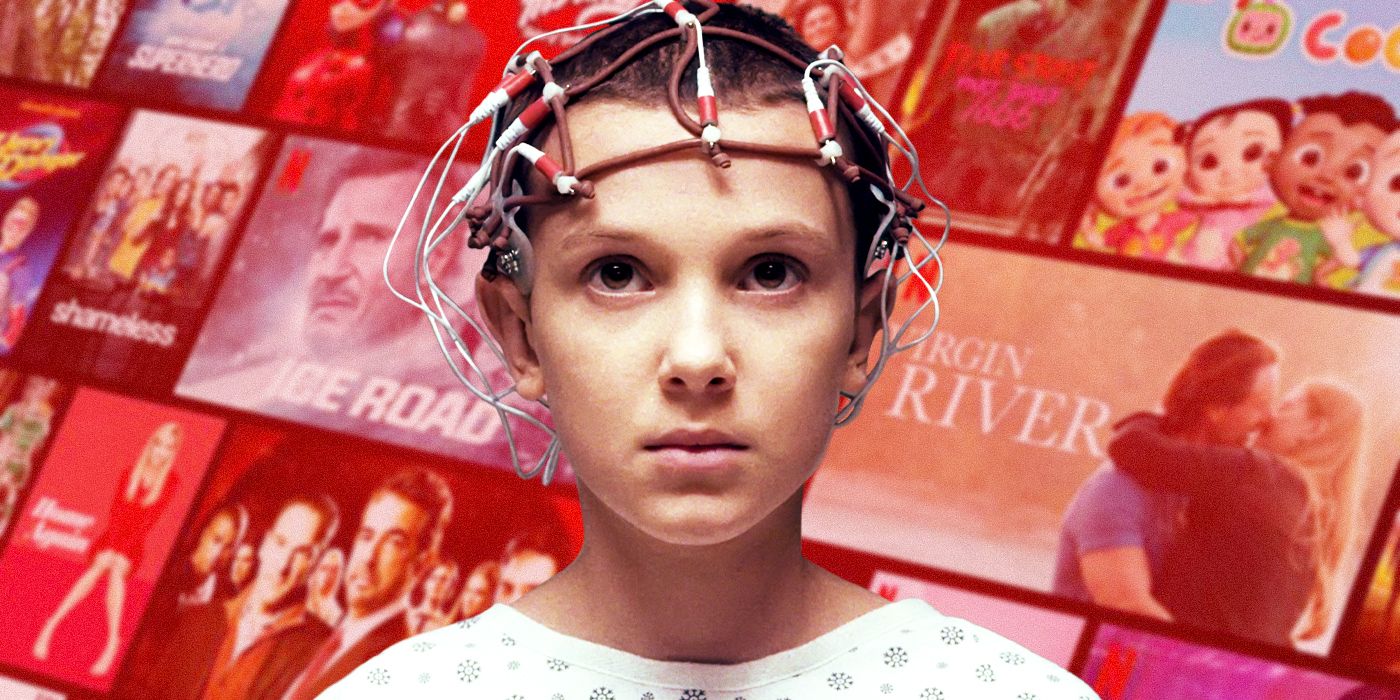The Big Picture
Netflix’s shift to a two-part release model with a midseason break is aimed at increasing viewer engagement and dominating the competition in the streaming industry. The binge-model release allows for immediate viewership but may result in shows being quickly forgotten in the sea of other content, while the weekly release model encourages fan engagement and word-of-mouth growth. The midseason breaks give viewers a shorter span of episodes to watch, creating more opportunities for social media discussion, analysis, and anticipation for what’s coming next, ultimately attracting a larger audience and increasing chances of show renewal.
For years, Netflix prided itself on its binge-model release of episodes. This meant, of course, whole seasons would drop on their planned release day, instead of weekly like cable TV. The streaming services that came later — like Prime Video, Disney+, and Max (previously HBO Max) — seem to have found a happy medium between the two, where most shows are dropped weekly or by hybrid model, premiering a few episodes at first and then releasing the rest one at a time, but there are notable exceptions. Netflix had not strayed from the binge-drop method until just a few years ago, when a new model of release was introduced. It’s a mix of the binge drop and weekly release: the split release, with a break that falls at some point over the course of the season. But why has there been a sudden change to Netflix’s release model, especially with regard to some of the platform’s most popular TV shows?
The most likely reason Netflix is now implementing these midseason breaks is to increase engagement, both with shows and the service itself. The streaming game has become brutal as each streamer tries to find success amid many other competitors — with even more platforms being added all the time. Netflix needs to make sure that people are still engaging with their content, but also that more people will continue to sign up and watch. Cracking down on password sharing can only do so much; midseason breaks are another way of trying to dominate the competition in terms of viewer engagement.
Thus, these new midseason breaks allow people to have a shorter span of episodes they need to watch — and the sooner they finish, the sooner they can start talking about it with other people. This boosts fan engagement and turns new viewers onto a show that may not have watched it otherwise. Engagement on social media is incredibly important to a show growing its audience. Plus, it gives fans the chance to analyze the episode and theorize about what might be coming next, something that’s missed out on while binging.
By comparison, nearly every other streaming service has adopted the weekly release model. Shows like The Last of Us and The House of the Dragon pulled in higher viewership numbers with each new episode, though they have the advantage of being released on both a TV network (HBO) and a streamer (Max) simultaneously. The binge model, however convenient it is sometimes, is not the best avenue for long-term success, or even visible growth over a longer period. These days, some TV shows need more time to draw in a large viewership, and that can only happen through word of mouth. The larger audience a show attracts, the more likely it is that the show will be renewed for future seasons.
The midseason break may not yet be foolproof, as a month between releases is still an extended period that is quite risky in terms of potentially losing widespread interest — but it is an interesting start in a new direction. Streaming will always try and find the most efficient way of presenting its content, prioritizing viewership and subscription numbers. When it comes down to it, spreading a show out seems to help with retaining both viewer interest and subscriber count — and chances are that we’ll be seeing Netflix experiment with more of these mid-season breaks for certain shows, whether we’re completely ready for it or not.
Meta Data: {“keywords”:”Netflix, midseason breaks, viewer engagement”}
Source link
